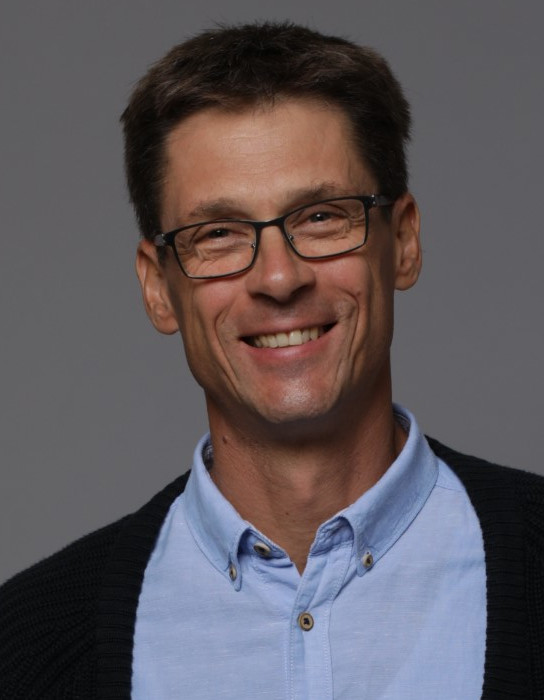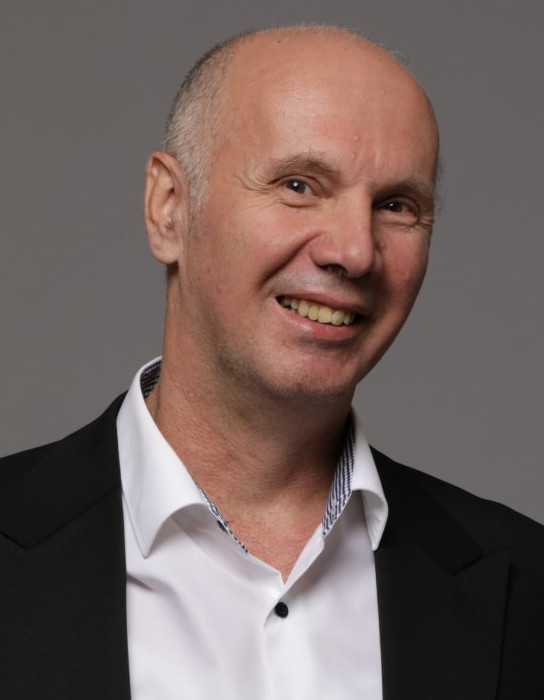Modern Physics and its Application in Electrical Engineering
Data is displayed for academic year: 2023./2024.
Course Description
Physical limitations of classical electromagnetic structures. Artificial electromagnetic structures (metamaterials and engineering applications). Microscopic physics: quantization of energy, matter waves, Schrödinger's equation and interpretation of the wave function. Matrix description of quantum physics: Dirac notation, comparison of classical and quantum harmonic oscillator, coherent states. Electromagnetic wave in birefringent crystal, comparison of classical and quantum approach, engineering applications (quantum encryption). Terahertz and nano-electromagnetic systems. Optical communications, photonics and optoelectronics. Computational approach to electromagnetic problems.
Study Programmes
University undergraduate
[FER3-EN] Computing - study
Elective Courses
(5. semester)
[FER3-EN] Electrical Engineering and Information Technology - study
Elective Courses
(5. semester)
Learning Outcomes
- Explain 3D Schrödinger equation
- Explain orbital angular momentum in quantum mechanics and electron spin
- Explain Maxwell equations and electromagnetic waves in dielectrics and conductors
- Explain dispersion relations
- Explain the impact of electric and magnetic fields on the energy levels of electrons
- Explain the bonding of atoms to molecules and crystals.
Forms of Teaching
Lectures
Lectures in 2 cycles of 7 and 6 weeks
Seminars and workshopsSeminars
Laboratory--
Work with mentor--
OtherDiscussions
Grading Method
| Continuous Assessment | Exam | |||||
|---|---|---|---|---|---|---|
| Type | Threshold | Percent of Grade | Threshold | Percent of Grade | ||
| Seminar/Project | 0 % | 70 % | 0 % | 70 % | ||
| Final Exam: Oral | 30 % | |||||
Week by Week Schedule
- Introduction: Physical limitations of classical electromagnetic structures
- Artificial electromagnetic structures: metamaterials
- Engineering applications of metamaterials in the radiofrequency regime : miniaturization of antennas and waveguides, radar invisibility
- Engineering applications of metamaterials in the optical regime: plasmonics and metatronics
- Transition to microscopic physics: energy quantization, matter waves, Schrödinger's equation and interpretation of the wave function
- Dirac notation and matrix formulation of quantum physics
- Comparison of quantum and classical harmonic oscillator
- Midterm exam
- Electromagnetic wave in a birefringent crystal, comparison of classical and quantum explanations, engineering applications (quantum encryption)
- Terahertz and nano-electromagnetic systems, "light" computers - a combination of classical electromagnetism and quantum physics
- Optical communications, photonics and optoelectronics
- Computational solving of electromagnetic problems: the importance of the physical picture
- Computational solution of electromagnetic problems: classic and smart antenna systems
- Computational solving of electromagnetic problems: classical and smart metasurfaces
- Final exam
Literature
D. Horvat (2011.), Fizika 2: titranje, valovi, elektromagnetizam, optika i uvod u modernu fiziku, Neodidakta
For students
General
ID 223358
Winter semester
5 ECTS
L2 English Level
L1 e-Learning
60 Lectures
0 Seminar
0 Exercises
0 Laboratory exercises
0 Project laboratory
0 Physical education excercises
Grading System
89 Excellent
76 Very Good
63 Good
50 Sufficient


 Pristupačnost
Pristupačnost

